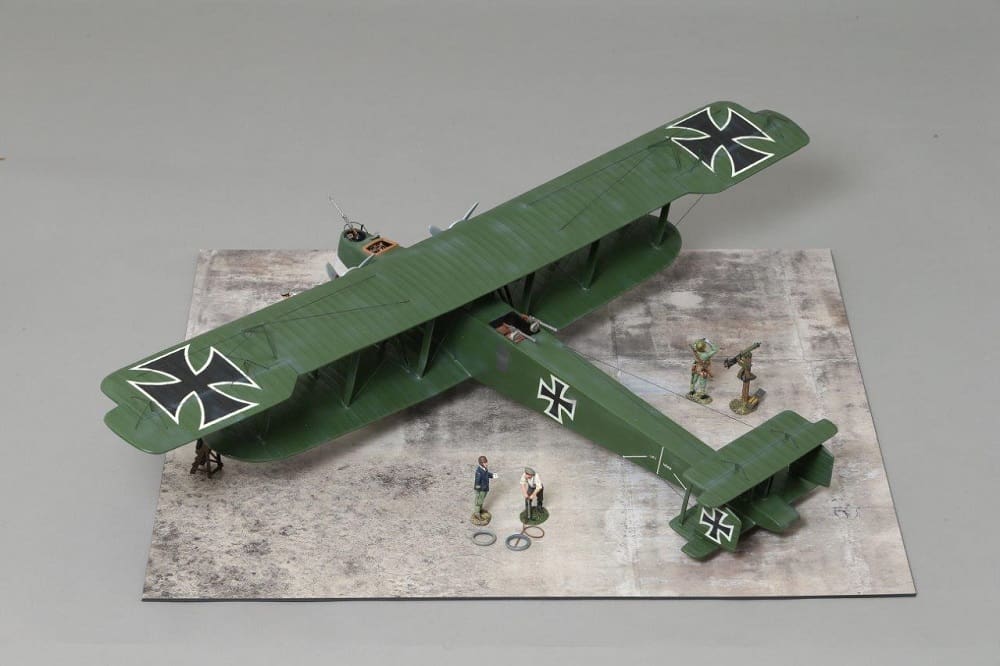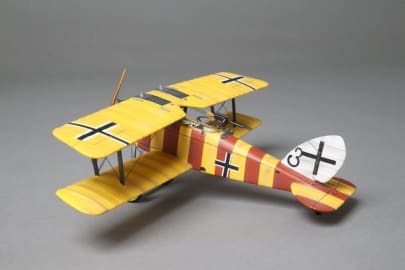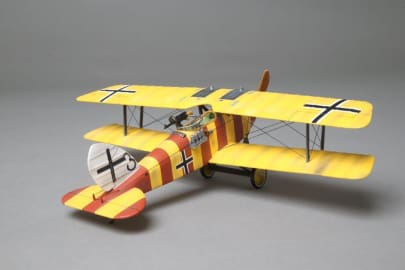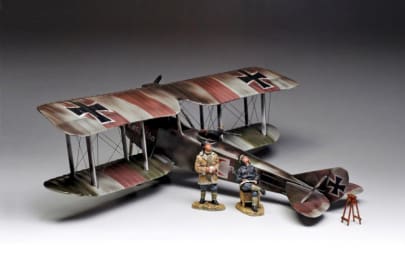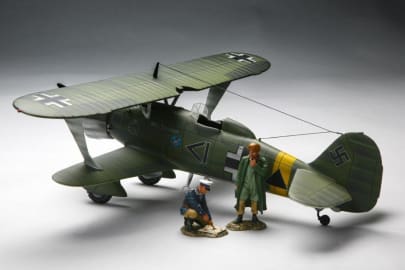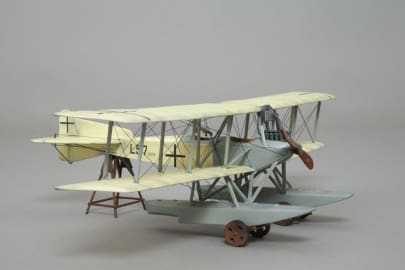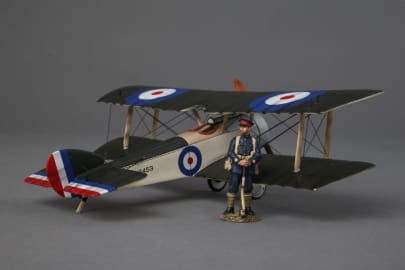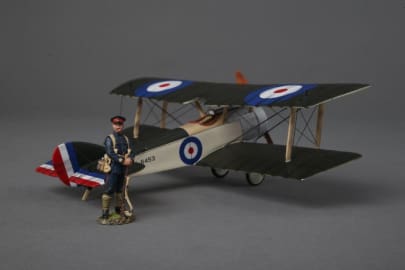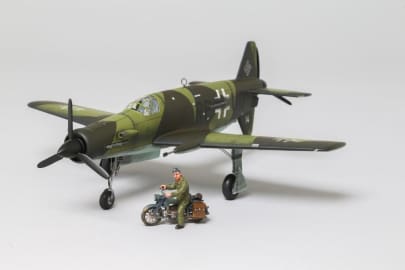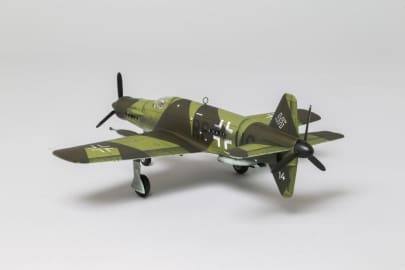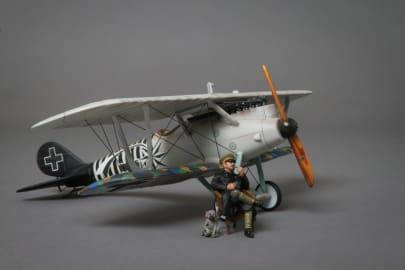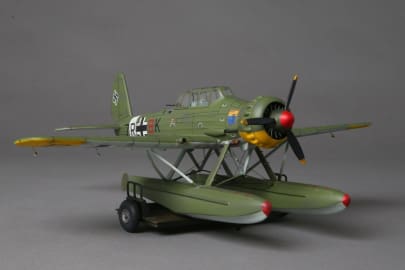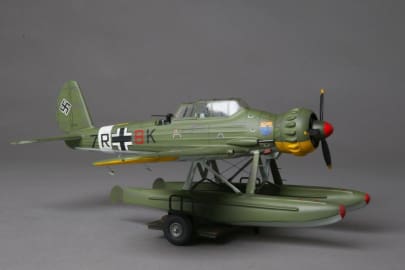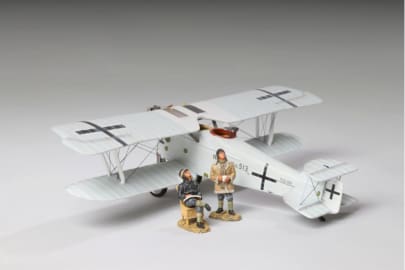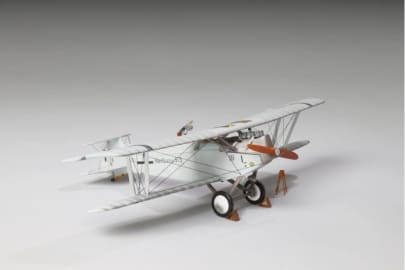- Free shipping available on orders over £100 (UK) £250 (EU) and $300 rest of the world
WOW257 Handley Page German Version
£1,200.00
Out of stock
Description
Description
The Handley Page Type O was a biplane bomber used by Great Britain during WW1. When built the Type O was the largest aircraft that had been built in the UK and one of the largest in the world. There were two main variants, the HP 0/100 and the HP 0/400.
The aircraft were initially used in France for bombing of targets in France and Belgium and for other strategic bombing of industrial and transport targets in Germany. Some aircraft were temporarily diverted to anti submarine duty in the Tees estuary in 1917 and two aircraft also operated in the eastern Mediterranean theatre.
The first twenty O/100s deployed to France and were received by the RNAS at Dunkirk in 1916. At first O/100s were used for daylight attacks over the North Sea, damaging a German Destroyer on 23 April 1917. However the loss of an aircraft to fighter attack two days later resulted in a switch to night operations. These operations were usually by single aircraft against German-occupied Belgian ports, railway targets and airfields. On the night of 16/17 August 14 O/100s attacked Thourout railway station and dropped 9 long tons of bombs. Later on, O/100s from Coudekerque were diverted to anti- U- boat patrols off the mouth of the River Tees in September 1917. The Handley Page crews sighted eleven U-boats and attacked seven with bombs, but without sinking any, although the deterrent effect drastically reduced U-boat operations in the area.
Delivery of the improved 97 mph 0/400 variant began in early 1918 and of the 549 built, over 400 had been delivered to the Royal Air Force before the November 1918 Armistice.
As a portent of Second World War operations, on the night of 14-15 September 1918 forty 0/400s attacked targets in the Saar region of Germany.
The HP bomber could carry the 748kg (1,650lb) bomb, the heaviest used by British services during the First World War. It was also armed with 5 machine guns for defence.
One HP bomber was forced in 1917 to land behind German lines, its crew were captured and it was then pressed into German service.
The RAF and RNAS were the main users of this aircraft although the Australian FC made use of them in Palestine and a squadron was also operated by the


